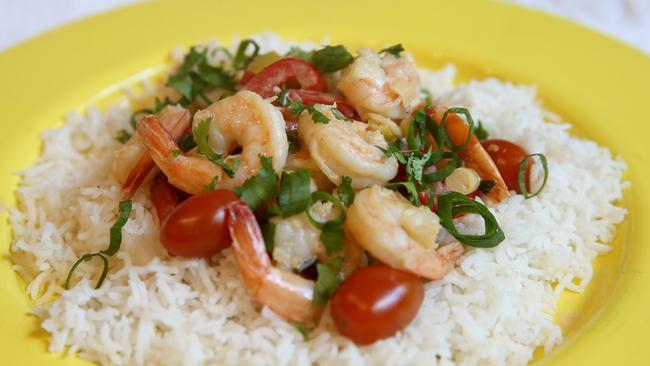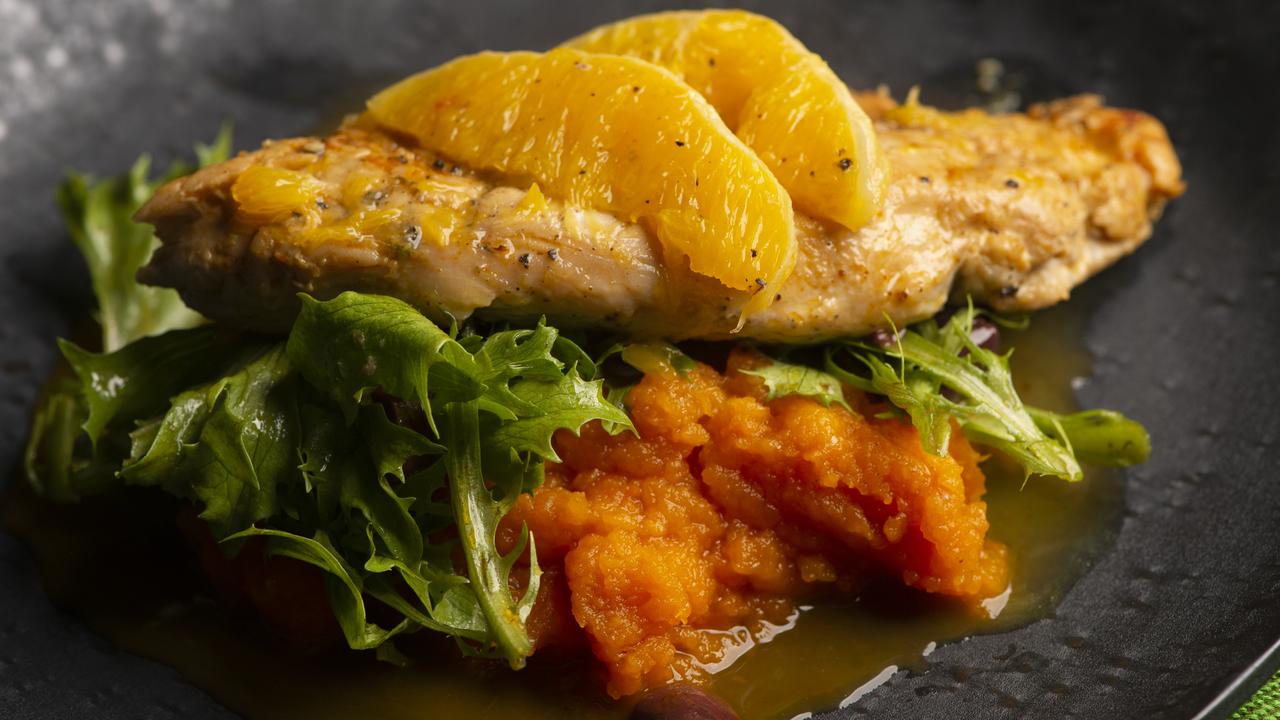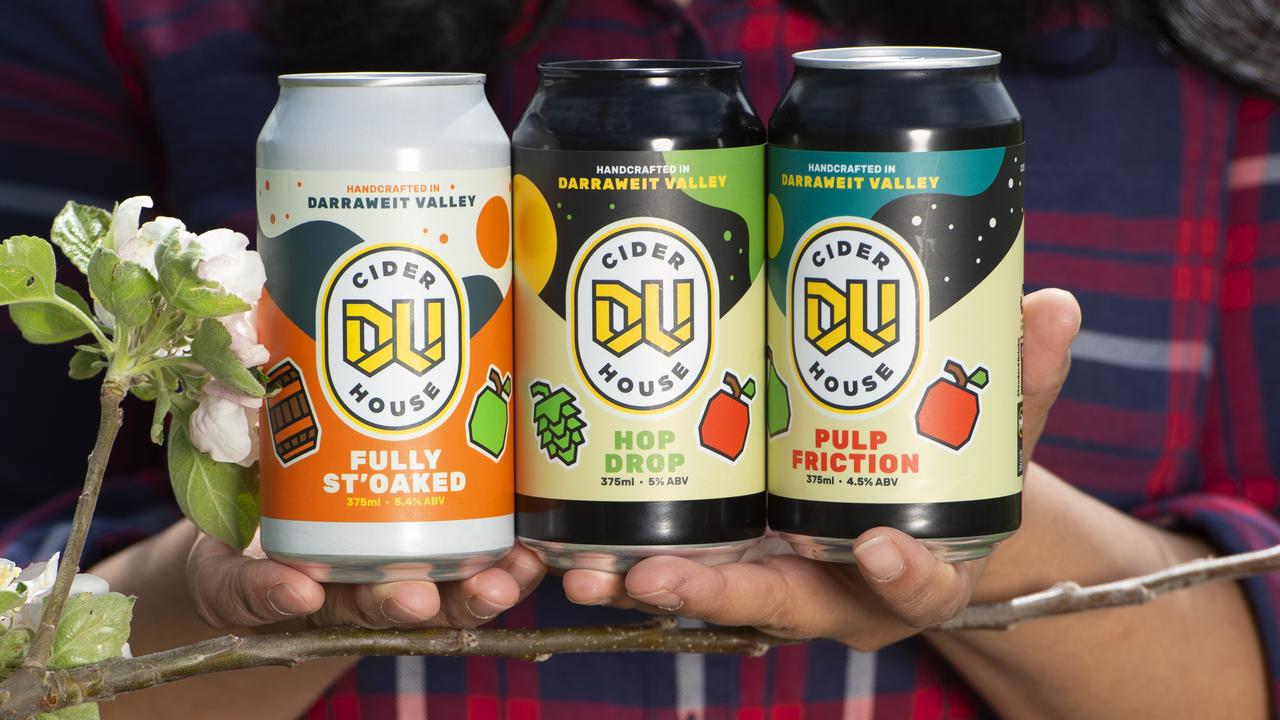Jeremy Vincent: How to cook prawns for perfection
PRAWNS are one of those versatile ingredients that are easy to feature in a meal because of their simple sweet flavour, speed of cooking and compatibility with so many other ingredients, writes JEREMY VINCENT.

PRAWNS are one of those versatile ingredients that are easy to feature in a meal because of their simple, sweet flavour, speed of cooking and compatibility with so many other ingredients.
Whether you are creating a prawn curry, stir-fry, seafood pasta dish or just throwing them on the barbecue the most important thing to remember is not to overcook them. We’ve all done it and end up with a hard, rubbery texture that is edible, but ultimately disappointing. And these are expensive ingredients.
The more you cook prawns, or any ingredient for that matter, the more you’ll be able to tell when something is done, by experience. Not only using all your senses including sight, touch, smell or even hearing, but a feeling of “just knowing” when something is done.
EASY PRAWN STEW
This dish is quick, but soul-satisfying, and since it serves at least six, you should have leftovers, which will be even more flavourful the next day.
Serves 6-8
1.5kg large prawns, peeled and deveined
Salt
2 tablespoons extra-virgin olive oil
1 large red capsicum, sliced into very thin 2cm-long strips
4 spring onions, thinly sliced (white and green parts kept separate)
½ cup chopped fresh coriander
4 large cloves garlic, finely chopped
½-1 teaspoons crushed dried chilli (to taste)
440g tin cherry tomatoes, drained
400ml tin coconut milk
2 tablespoons fresh lime juice
In a large bowl, sprinkle the prawns with 1 teaspoon of salt; toss to coat, and set aside.
Heat the oil in a large, lidded saucepan over medium-high heat. Add the capsicum and cook, stirring, until almost tender. Add the spring onion whites, half the coriander, the garlic, and the crushed chilli. Continue to cook, stirring, until fragrant, 30 to 60 seconds.
Add the tomatoes and coconut milk and bring to a simmer.
Reduce the heat to medium and simmer to blend the flavours and thicken the sauce slightly, about 5 minutes.
Add the prawns and continue to cook, partially covered and stirring frequently, until the prawns are just cooked through, about 5 minutes more.
Add the lime juice and season to taste with salt. Serve on a bed of steam rice, sprinkled with the spring onion greens and remaining coriander.
COOKING PRAWNS TO PERFECTION
Sad to say, it’s not quite as simple as it might seem. There are several methods for judging when prawns are properly cooked.
THE rather tedious temperature test. Prawns should be cooked to an internal temperature of 74C. They will become an opaque, whitish colour when fully cooked. I’m not sure many will pull out instant thermometers when grilling or pan-frying prawns but it’s an option.
CHANGE in colour. This is how I learned many years ago, and how I’ve been testing for prawns’ doneness for years. Raw prawns start out with grey shells and translucent flesh. One source suggests that “when properly cooked, the exterior should be pink with red tails and the flesh slightly opaque and a little ‘white’ in colour”. And here’s the issue: a “little white” may vary from cook to cook. If it is bright white in colour, there’s a good chance the prawns are overcooked. It can take practice. And don’t forget you have to take into consideration the prawns will continue to cook after removing them from the heat unless you cool them off in an ice bath.
SOME people test by shape. Raw prawns start out with just a little curl to their shape. I wouldn’t call them straight, but with just a little pressure, you can straighten them out. When you cook prawns, they naturally start to curl. When they form a C-shape, they are perfectly cooked. However, if you let them continue to cook, they will twist into an O-shape signifying they are overcooked. This test for doneness works well unless you are cooking your prawns on skewers.
OTHER THINGS TO REMEMBER
COOKING time is longer with shell on so you have to adjust accordingly. In my opinion leaving the shells on helps retain flavour and moisture, but shell on or off really depends on the dish. If I’m adding prawns to a pasta or rice dish, I’ll usually remove the shells but if I’m serving a stir-fry I leave them on.
THE SIZE of the prawns will affect how long they take to cook. This is really a no-brainer, but if you use the techniques above, you should be able to get great results. Keep an eye on small prawns. Sometimes just a lick of heat will cook them well.
GIVE a thought to heat. I find prawns do better with higher-heat cooking methods like grilling or pan-frying. When I slow-cook prawns in a braise or slow-cook recipe, it’s almost impossible to keep the prawns from overcooking unless you add them right at the end. The same goes for prawn risotto. The prawn is the last ingredient to be added so it can cook from the heat of the risotto and it doesn’t take long.


